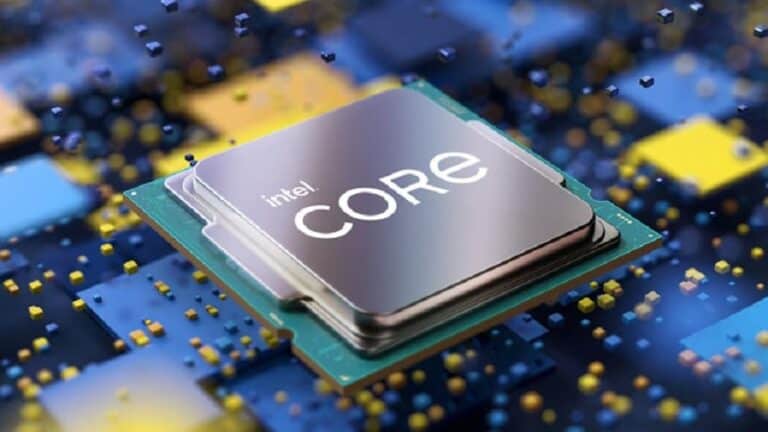It seems Intel is having to scale back ambitions for its own chip processes. Leakers report that the chip giant is moving away from the advanced 20A node to produce Arrow Lake, the next generation of Intel Core desktop chips.
Intel’s roadmap for its 14th-generation Core chips was already a mix of various technologies. On the desktop front, for example, it is opting for the Arrow Lake design, which initially was supposed to be a combination of CPU cores baked on its own 20A (Angstrom unit) process. In contrast, the GPU cores should come from TSMC’s 3-nanometer fabs. Now it seems the CPU side is stepping back to Intel 3, on which the next generation of Xeon chips for servers are also based.
Backport
With only the information from the (generally reliable) leakers available so far, it is hard to say what challenges Intel faces specifically with the advanced process node. However, we do have plenty of examples from the recent past where Intel had more ambitious roadmaps than reality ultimately allowed for. For example, it stuck with its own 14-nanometer process for years while AMD benefited from TSMC’s miniaturizations and thus efficiency gains. It is a significant reason AMD’s Ryzen chips have become an enormous success and taken a healthy market share.
Another notable example was the 11th-generation Rocket Lake architecture, which was initially supposed to be based on 10 nanometers. Intel managed to make a “backport” of it at 14 nanometers, simply because the yields from the smaller process node were too small to facilitate a significant product launch.
Plans to kill?
Intel will eventually confirm or deny this in due time. If it is once again delaying its most advanced manufacturing processes, it’s a bigger problem than before. For example, until the later generations of Ryzen, it had a significant performance advantage in most areas and could maintain this with somewhat unattractive efficiency numbers to boost the 14nm-backed CPUs. In addition, chip demand during the pandemic was high enough that it sold everything it could send out of its fabs. Finally, Intel factories were not yet available to third parties at the time.
All that is different now. Demand for desktop chips is lower than it was during Covid-19, AMD is now once again a competitor on all fronts, and Intel itself has formed partnerships with ARM and others to open up chip manufacturing to others.
Also read: Intel AI hardware is an increasingly viable Nvidia alternative
